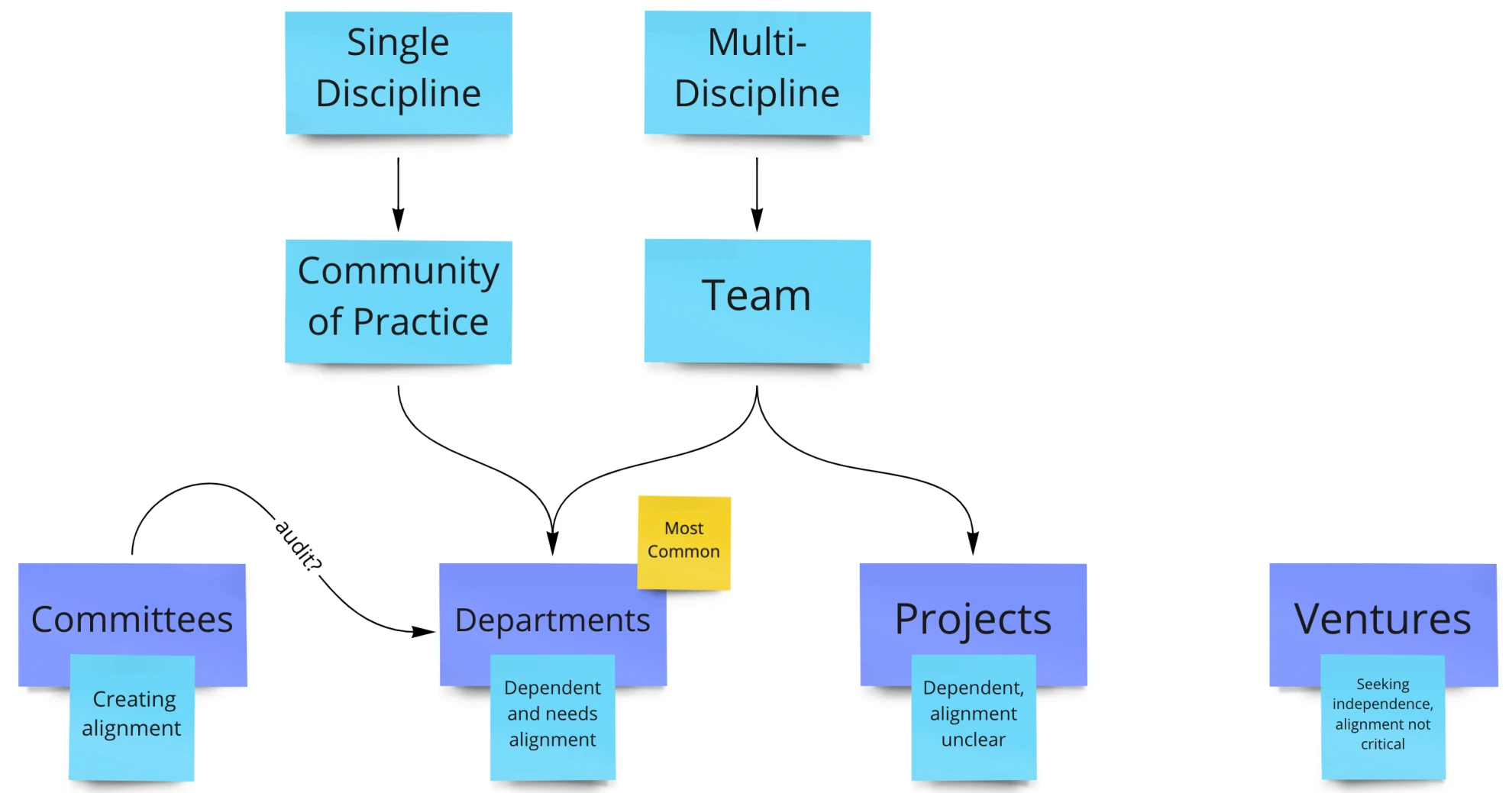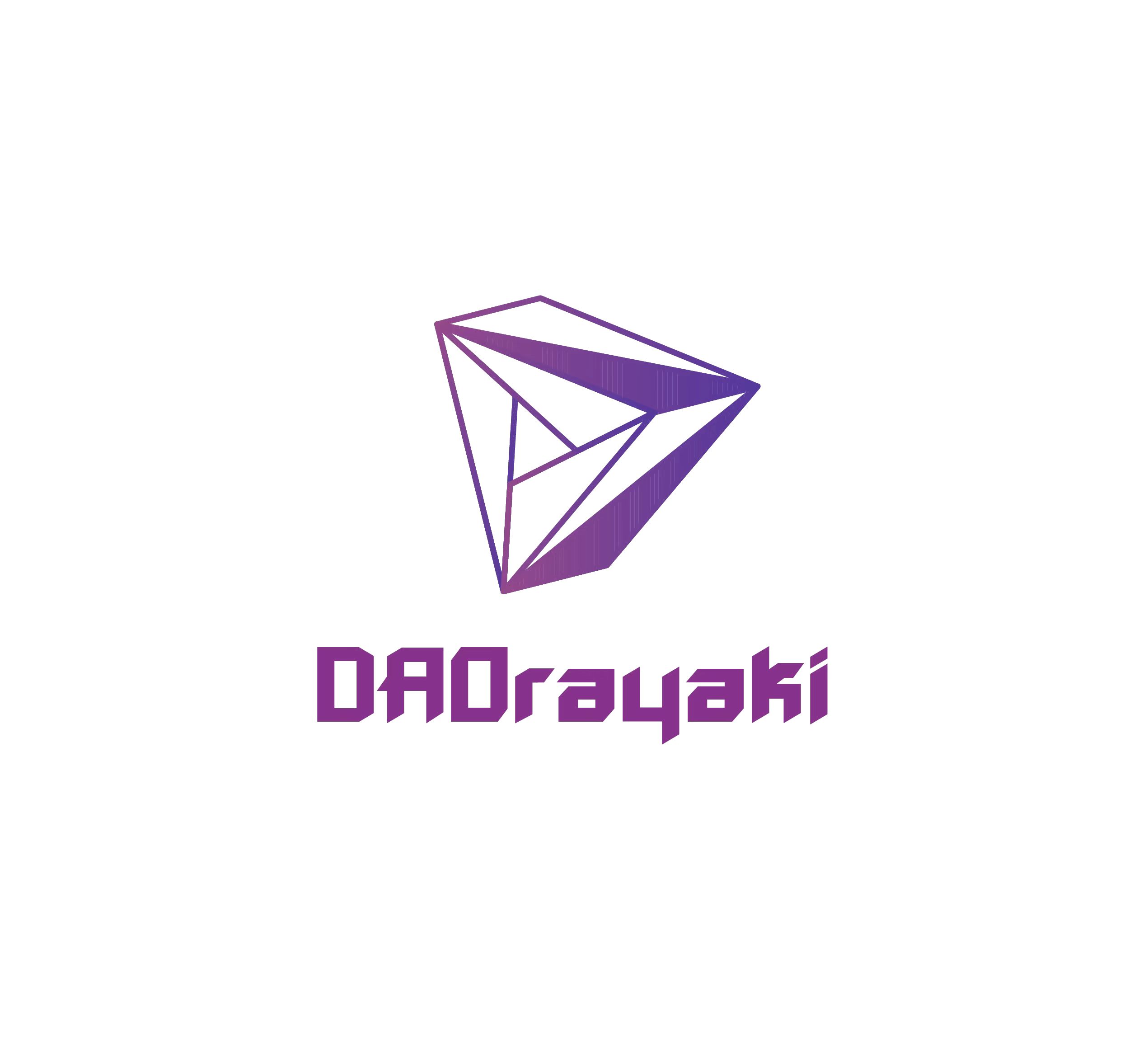Original Author: RnDAO
Original Title: Top 9 Challenges of DAO Unit Success

Creating and running a unit within a DAO is a challenging task. This paper, a research conducted by RnDAO in collaboration with Sobol, identifies 9 main challenges of operating DAO units (DAO Teams, Guilds, and Pods). We researched the problem of adding units in DAOs and talked to multiple DAO builders to ensure representativeness and validity of the issues discussed.
the term
background
background
Our research (see subDAO QA) found that DAOs form subunits, usually because they want to:
Push for action. DAOs form smaller units to act independently (rather than having the entire DAO participate in every decision and action).
more decisive. The voting and governance process takes at least 3 days from proposal to execution. Involving the entire DAO in every decision slows decision-making and creates information overload, weakening governance.
Sometimes DAOs do this to:
Introduce checks and balances. For security purposes, DAO units can adopt or override decisions made by the parent DAO. For example, the Decentraland DAO has a security advisory board of Solidity experts with 3/5 multisig. This committee can suspend, cancel or resume any action taken by the DAO.
Support broader contribution and decentralization - by allowing more people to own and make a difference in an important area,
Finally, some DAO creation units are used for risk management to protect the parent DAO from uncertain activities.
The above goals tend to be fairly general, but everyone has a different definition of what a DAO unit is. Our research identified four key types, each with a different purpose and distinct characteristics.
The 4 key types of DAO units:

As these units work to achieve their goals, they encounter a series of challenges. The top 9 (i.e., more DAO builders mention) issues are:
Leadership (the non-obvious kind; read on)
Lack of contributor engagement
Dependencies on parent DAO or other units
Align with parent DAO
Lack of trust in DAO unit members
decision making and autonomy
Lack of visibility on issues of productivity and impact
decentralized work
compensate
We will now dive into the challenges of creating DAO units, the risks they pose to DAOs, and potential solutions or mitigating factors.
leadership
Leadership challenges within the DAO unit include getting things done, reliance on a small number of people, governance structures and mechanisms, and a general lack of clarity.
We outline each challenge using a 3-factor framework that shows how the challenge manifests, its definition, and its main causes.

When talking about effective DAO units, leadership challenges are most often mentioned. When asked to describe the cause of a problem, the simplest answers are usually leading is hard or its better to have someone else lead.
We might be tempted to take this explanation at face value, describing the problem simply as a need for better leaders. As JR Hackman, professor of organizational science at Harvard University, puts it, Leaders are the most visible part of a team, and success or failure is disproportionately attributed to them.
Peeking under the surface of the Leadership Problems of the DAO unit, we uncovered multiple interrelated issues, including confusion about decentralization and what it means, general difficulties with teamwork, and the ability to get work done. Gaps in skills, processes, instrumentation, and shared mental models are recurring issues.
Lack of contributor engagement
Contributors are the lifeblood of any DAO, and therefore the lifeblood of any DAO unit. Enhancing and maintaining contributor engagement is an evolving aspect of the DAO unit. Here is the structure behind this challenge:

Lack of contributor engagement can also be attributed to lack of effective leadership. Engagement can be attracted by building enthusiasm for the mission of the unit. This in turn motivates engine levels (in addition to varying levels of compensation), and encourages contributors to propose initiatives and improve suggestions (rather than blindly scripting).
Dependencies on parent DAO/other DAO units
DAO units do not operate in isolation or as waterproof entities. Their parent or root DAO often supports and constrains them in unexpected ways. Furthermore, these units work in conjunction with other units, resulting in different types of dependencies. Effectively managing these dependencies is challenging. These challenges can be summarized as follows:

There is also a financing element to the challenge of managing dependencies between the parent DAO and DAO units. This includes capital scrambles with the parent DAO, creating a community without capital, and a lack of capital to improve processes and outcomes (manifested by a slow pace of work and little innovation).
Align with parent DAO
While alignment (in step) sounds similar to dependence on a parent DAO, alignment challenges manifest as fear more often and for different reasons. This challenge may be due to loss of decision-making autonomy, loss of vigor in mature DAO units, lack of clarity, and fear of losing control. The complexity of the alignment challenge can be described as follows:

Alignment challenges are often due to the lack of a clear reason why a DAO unit exists and how connected it is to the parent DAO. This in turn can make it difficult to participate in the mission and vision of the parent DAO. In short, it is a challenge to find a balance between the independence of the DAO unit and the degree of connection with the parent DAO.
Lack of trust in DAO unit members
The lack of trust in DAO Unit members is the result of a misunderstanding of the DAO Units intent, operation, and direction. Limited or negligible interaction between the parent DAO and the DAO unit team leads to unfamiliarity and lack of accountability and governance.

Lack of trust in DAO unit members always leads to sympathy among parent DAO members. The parent DAO members dont trust the DAO unit team to be faithful stewards, and the DAO unit team doesnt trust the community to get things done.
Decision-making and autonomy of DAO units
This challenge is about DAO units empowered to make decisions autonomously. Once their autonomy is stifled, decision-making becomes a challenge. The reasons for stifling autonomy are multifaceted and are the result of both the parent DAO and the DAO unit team.

Challenges related to decision making are also caused by misunderstandings between the DAO unit and the parent DAO, such as how the parent DAO views the decisions of the DAO unit, the DAO units are too centralized in their thinking and approach, or simply dislike the decisions of the DAO unit .
Lack of visibility on productivity and impact
It starts to become a challenge for DAO units when visibility of productivity and impact starts to impede operations.

Lack of visibility for productivity and impact always leads to lack of trust. This raises uncomfortable questions, such as Is the promised work done? When a bunch of projects request funding, how do DAO voters know theyll put it to good use? Isnt it the same thing?
decentralized work
For DAO units, the challenge of decentralized work stems from the workload, the number of participants, and the final output of the work. Our research uncovered some interesting dynamics:

Decentralized work challenges prevent DAO units from scaling. The difficulty of scaling makes the realization of the DAO unit vision challenging. It also creates a chicken-and-egg situation—inability to deliver work effectively leads to inability to scale, and inability to scale leads to inability to take on high-impact work that requires more resources.
compensate
Compensation is a broader DAO ecosystem challenge, but has some specific implications for DAO units. Due to the narrower and more specific focus of DAO units, compensation forms and levels need to be considered in close relation to the ethos of DAO units, shared ownership and shared success.

conclusion
conclusion
As the diagram shows, there are many, many challenges to a DAO unit running smoothly, the root causes of which are not clear. Furthermore, different challenges tend to form a web—a system of challenges that reinforce each other. This leads us to conclude that the solution to the DAO unit challenge will be complex, combining multiple products and services to enable a better organized approach.










